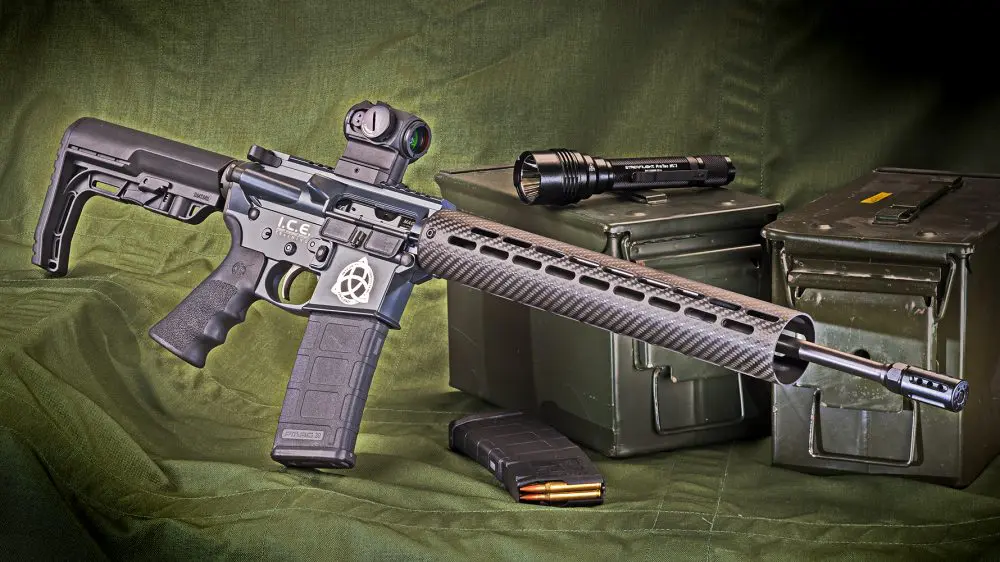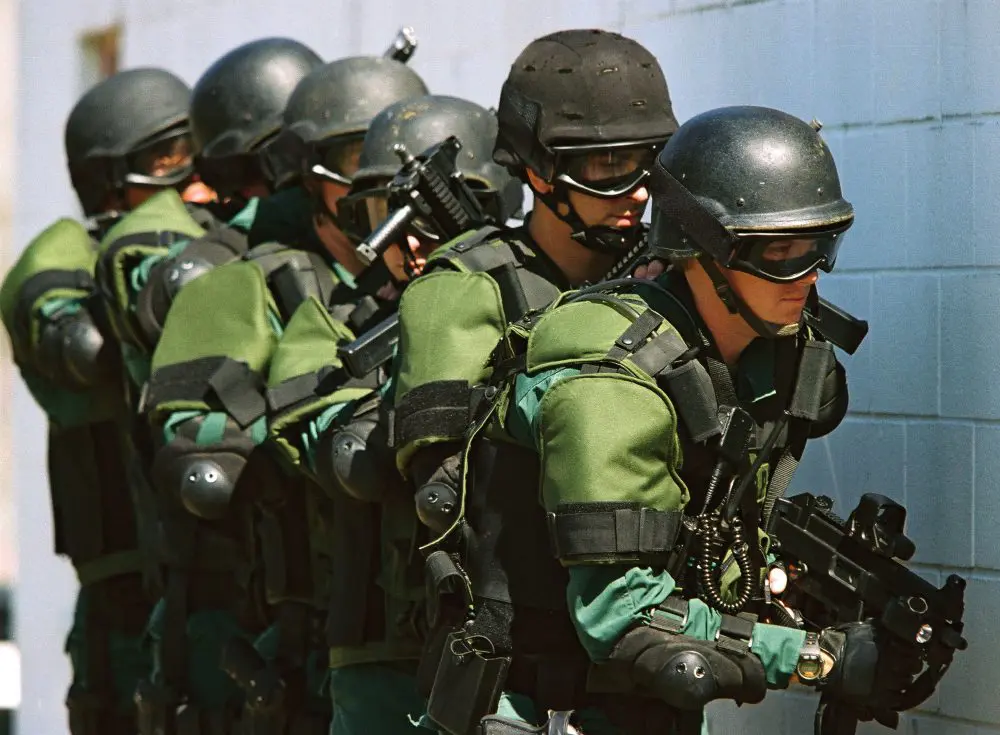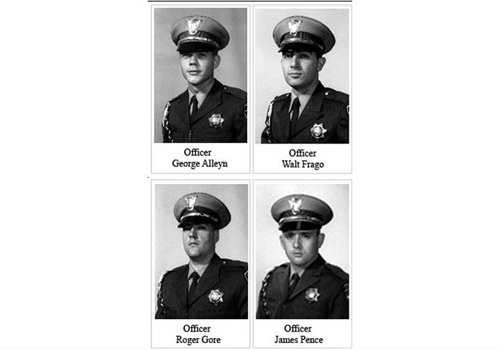A hostage situation recently developed in a large metropolitan city. The suspect held the hostage in the typical configuration of a controlling arm around the victim’s neck while positioning himself behind the victim with a large knife pressed against her neck.
Field officers responded and positioned themselves about the suspect and victim. While other events occurred surrounding this incident, at some point a decision was made to engage the suspect. The officers fired a number of rounds simultaneously, resulting in the demise of both the suspect and victim.
A similar incident transpired in New York state a number of years ago. A Hofstra University student was held hostage and a number of rounds were fired, resulting in both the suspect and the hostage being killed. I believe it was an initial responding officer who engaged the problem.
A hostage situation is unique. It requires a very specific set of mechanics in conjunction with perhaps dialogue, a comprehension of psychology, and extreme mental composure on behalf of the individual engaging the suspect. It requires not multiple but rather a single precisely placed round, on demand, upon a narrowly defined and extremely unforgiving target.
In short, it may be well beyond the capability of a field-grade officer possessed of nominal skill sets to resolve successfully. Square-range “combat” qualification skills simply will not suffice.
Over 20 years ago, I designed, fabricated, and ultimately constructed our “hostage rack” at I.T.T.S. Over the past two decades, thousands have been exposed to this training device. There are multiple layers of complexity and methodologies we employ at differing levels of engagement on behalf of the shooter.
The most notable result of this training is that of former LAPD Metro Officer Hector Feliciano. Hector confronted a suspect holding a female victim with a pistol positioned low, pressed into the small of her back. The suspect controlled her with his non-firing hand about the neck.
Hector utilized a Smith & Wesson 4506 .45-caliber pistol that he had thumb cocked, bypassing the double-action mode of the pistol. When the suspect was distracted, Hector instantly came up on target and engaged the suspect with a single precisely placed round, resulting in the suspect’s immediate incapacitation.
There is a lot more to this incident than this article can accommodate, but suffice it to say that the training prior to the event was realistic and timely. Should you Google it (LAPD Mexican Consulate hostage shooting), you will be able to actually view the incident itself and the shooting as filmed by a Spanish news crew.
Hollywood fare is engaging, entertaining, and provides a brief escape from reality. If you’re Harry Callahan as portrayed by Clint Eastwood in Dirty Harry, you can pull off point-shooting from the hip successfully—after all, you’re Clint Eastwood, right? In the real world, this would be virtually impossible to accomplish. Real fears, trepidation, hesitancy, and doubts are experienced when one confronts a suspect holding a hostage. I have experienced this myself, though luckily I was not forced to engage the suspect with a 1911.
There are fears about striking the very person you are attempting to rescue, doubts about being able to deliver a precision shot when not “warmed up,” the question of sudden, erratic movements of either the suspect or victim, and the total unpredictability of the situation itself.
The subjects of background, shooting policies, dialogue, and volatile psychological moods all come into play. To state that a hostage situation confrontation, especially one resolved with a handgun, is the most demanding and complex shot you will ever be required to take is an extreme understatement.
Perfection in any realm requires diligent, realistic practice on a continual basis. Hostage resolution demands level-headed instruction based on real-world evolutions. It requires 110% adherence and faith and an unequivocal trust in the mechanics of shooting—the sights, trigger press, and follow through.
It especially demands an overextension of follow-through such that the firing cycle is not disrupted. It is an unyielding adherence to the mechanics that far transcends what is experienced in simple square-range drills or qualifications. It must also be instructed by those who understand such principles.
Many things in life we should not attempt. A flying-squirrel suit off of Mount Everest and surfing a 100-foot wave off the coast of Nazare, Portugal are but two challenges I would not attempt. Off Everest, I would be smushed flat within seconds, and I would become shark bait within the hour at Nazare. Those who attempt such things are most probably better equipped than I to take on such challenges.
Field-grade officers possessed of nominal skill sets should probably not attempt a demanding hostage shot. This is a subject for specialists and tactical instructors to address. Not everything you confront can be solved by direct gunfire, when absolute unwavering precision and mental composure in concert with experience are called for. It is equally important to know when not to shoot as it is when to shoot.
Officers generally attempt to do the right thing for the right reasons. I get this. But some field confrontations exceed our capabilities. The ability to comprehend when one is “out of their depth” is essential and requires experienced supervision and instruction to relate to those not so experienced.
The best of intentions do not necessarily translate into successful resolution when the possessed skill sets are not commensurate with the intent.
At I.T.T.S., our training has always focused on adaptation. One cannot adapt if advanced skill sets beyond the simple basics have never been trained to or even addressed. SWAT will not always arrive on time, and Hollywood is simply, well, Hollywood!
Scott Reitz is a 30-year veteran of the Los Angeles Police Department and director of the highly acclaimed International Tactical Training Seminars. Course information and schedules are available at their website at www.internationaltactical.com.





